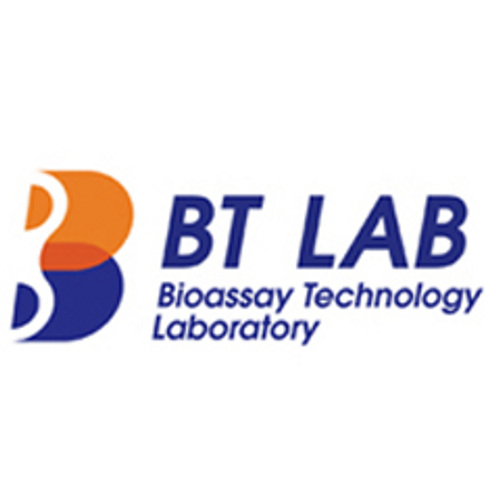Product Description
Plant Ribulose-1, 5-bisphosphate carboxylase/oxygenase (RuBisCO) ELISA Kit | AE21024PL | Abebio
Species Reactivity: Plant
Abbreviation: RuBisCO
Alternative Name: N/A
Application: ELISA
Range: 15.6-1000 µg/mL
Sensitivity: 7 μg/mL
Intra-Assay: ≤6.4%
Inter-Assay: ≤10.2%
Recovery: 0, 96
Sample Type: Serum, Plasma, Other biological fluids
Detection Method: Sandwich
Analysis Method : Quantitive
Test Principale: This assay employs a two-site sandwich ELISA to quantitate RuBisCO in samples. An antibody specific for RuBisCO has been pre-coated onto a microplate. Standards and samples are pipetted into the wells and anyRuBisCO present is bound by the immobilized antibody. After removing any unbound substances, a biotin-conjugated antibody specific for RuBisCO is added to the wells. After washing, Streptavidin conjugated Horseradish Peroxidase (HRP) is added to the wells. Following a wash to remove any unbound avidin-enzyme reagent, a substrate solution is added to the wells and color develops in proportion to the amount of RuBisCO bound in the initial step. The color development is stopped and the intensity of the color is measured.
Product Overview: RuBisCO is an enzyme involved in the Calvin cycle, that catalyzes the first major step of carbon fixation, a process by which the atoms of atmospheric carbon dioxide are made available to organisms in the form of energy-rich molecules such as glucose. RuBisCO catalyzes either the carboxylation or the oxygenation of ribulose-1, 5-bisphosphate with carbon dioxide or oxygen. RuBisCO is very important in terms of biological impact because it catalyzes the primary chemical reaction by which inorganic carbon permanently enters the biosphere. Many autotrophic bacteria and archaea fix carbon via the reductive acetyl CoA pathway, the 3-hydroxypropionate cycle or the reverse Krebs cycle, but they make up a relatively minor portion of global net primary production. Phosphoenolpyruvate carboxylase PEPC only temporarily fixes carbon. RuBisCO is also the most abundant protein in leaves, and is considered to be the most abundant protein on Earth.
Stability: The stability of ELISA kit is determined by the loss rate of activity. The loss rate of this kit is less than 5% within the expiration date under appropriate storage condition. The loss rate was determined by accelerated thermal degradation test. Keep the kit at 37°C for 4 and 7 days, and compare O.D.values of the kit kept at 37°C with that of at recommended temperature. (referring from China Biological Products Standard, which was calculated by the Arrhenius equation. For ELISA kit, 4 days storage at 37°C can be considered as 6 months at 2 - 8°C, which means 7 days at 37°C equaling 12 months at 2 - 8°C) .
 Euro
Euro
 USD
USD
 British Pound
British Pound
 NULL
NULL








